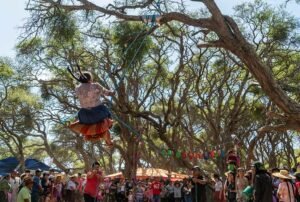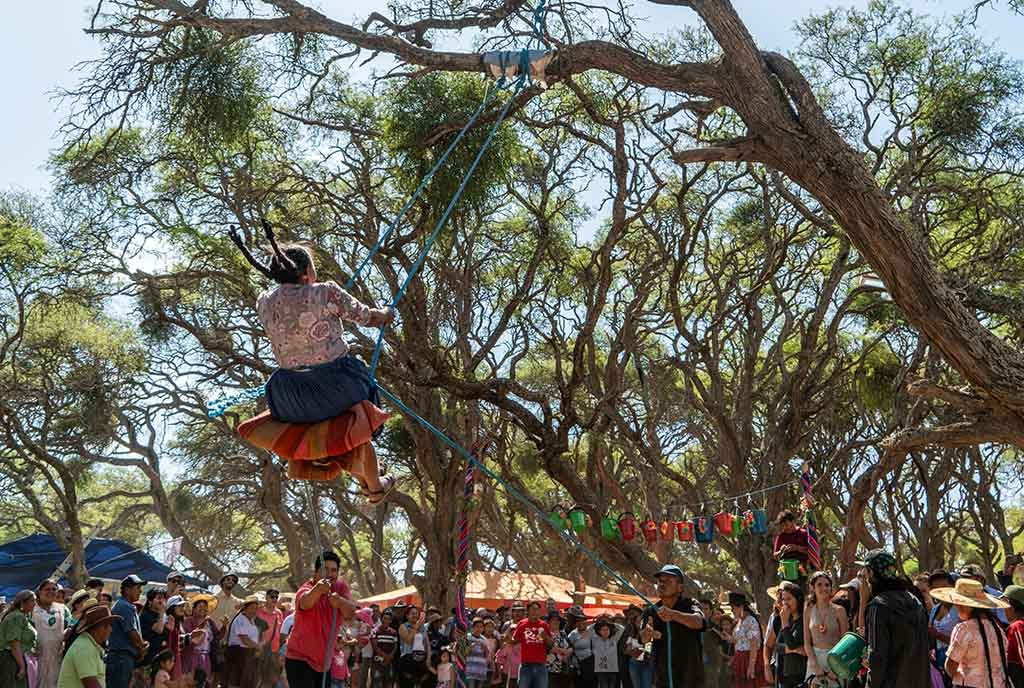
November 21, 2014; New York Times
A few weeks ago, NPQ reported on the issues that could arise if Swiss museum Kunstmuseum Bern accepted a donation of potentially Nazi-looted art. To recap, in May 2014, Cornelius Gurlitt passed away, leaving over 1,000 pieces of art to the museum. In 2013, close to 600 of those pieces were flagged as potentially being Nazi-looted art, but were not at that point fully investigated or evaluated. At the time, Gurlitt’s will was released the collection was under possession of German authorities.
Sign up for our free newsletters
Subscribe to NPQ's newsletters to have our top stories delivered directly to your inbox.
By signing up, you agree to our privacy policy and terms of use, and to receive messages from NPQ and our partners.
The museum made a public announcement on Monday, November 24, indicating that it would accept the artwork collection per Gurlitt’s last will and testament. The announcement was made alongside German and Bavarian governments and noted that all Nazi-looted items would be returned to their rightful owners even though a last-minute claim to the estate raised questions about the timing of some restitution.
When this situation was first reported, it was unclear what it would mean if the museum accepted potentially Nazi-looted art. Concerns came from Jewish World Congress president, Ronald Lauder, who warned that the museum might face lawsuits if it accepted the collection. However, the museum has decided to accept the entire collection under the condition that any work that is proven to be Nazi-looted art would be returned to its rightful owner. Kunstmuseum Bern has agreed to act in accordance with the Washington Conference Principles on Nazi-Confiscated Art. Three of those pieces, paintings by Max Liebermann, Henri Matisse, and Carl Spitzweg, will be returned immediately.
Unfortunately, this situation is not fully resolved, as another turn of events has put a twist on the museum’s acceptance of the gift. A cousin of Gurlitt, Uta Werner, has requested a certificate of inheritance for Gurlitt’s estate. Werner questions Gurlitt’s mental capacity during the time of crafting his last will and testament and will challenge his gift to the museum. It may be a few months before any more information is uncovered with the intent and direction of Gurlitt’s family.
For now, Kunstmuseum Bern has accepted Gurlitt’s art collection and will honor an original agreement between Gurlitt and the German and Bavarian governments that makes Germany responsible for researching each artwork’s origin. Any artwork that has unquestionable origin will go to the museum; those revealed as Nazi-looted art will be returned. The next step in this story of accepting this collection will be whether or not Gurlitt’s surviving family will deter the decision of the courts.—Jennifer Swan













